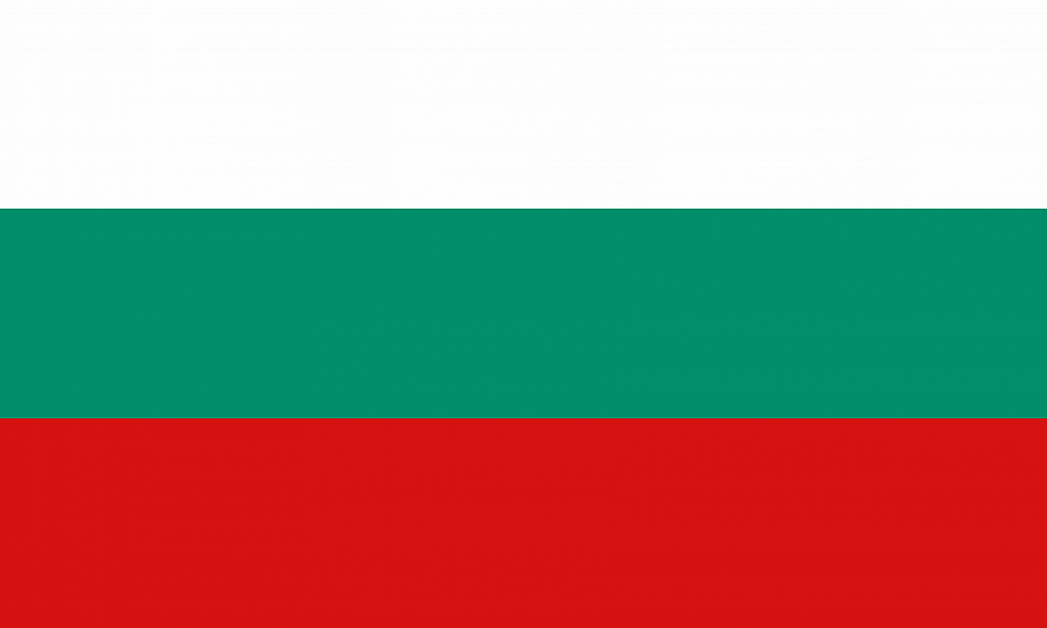The flag of Bulgaria has stripes of red, white, and green. The first version of the flag was adopted in 1878 after the Russo-Turkish War which led to the independence of Bulgaria as an autonomous principality. Since then the flag has changed several times. The current flag was adopted in 1991 and confirmed by law as the national flag in 1998.
The first flag initially resembled the Russian flag, but in 1878 the blue stripe was changed to the green stripe to reflect the agricultural aspect of Bulgaria. The white color represents peace while the red color represents the courage and sacrifice of the Bulgarians. The former flag had a coat of arms with the inscription 681 and 1944. The country was founded in 681 and liberated from the Nazis in 1944. The coat of arms was removed from the flag after the dissolution of the Soviet Union.
The current flag of Bulgaria was first used in the late 19th century and is described by the Tarnovo Constitution of 1879 as “three-colored and consists of white, green and red colors“. As the country was occupied by different powers, different flags were adopted by the occupying power. The colors remained the same although several features were added to the flag. The Soviet Union added its coat of arms to the upper hoist corner before it was removed after it collapsed. The flag used in the late 19th century was then readopted.
After the Russo-Turkish War of 1877–1878 Bulgaria was liberated, and the current flag was adopted. Between 1948 and 1990, an emblem of the People's Republic of Bulgaria containing a lion below a five-pointed star was also included on the flag. The emblem also contained a ribbon with the inscription 681 and 1944. The colors of the emblem changed over time, but the design remained the same. After the fall of communism and the subsequent collapse of the Soviet Union, the initial flag was readopted as the national flag.
This page was last modified on May 1st, 2018
More on Graphicmaps

Published on 2019-11-06
What is a Trade Embargo?

Published on 2019-11-04
Which Two Countries Used to Have the Same Flag?

Published on 2019-09-16
What Is the Only Two-Sided State Flag?

Published on 2019-09-16
Which Country Flag Looks Like the Texas Flag?

Published on 2019-08-29
Flags That Resemble the US Flag

Published on 2019-08-20
